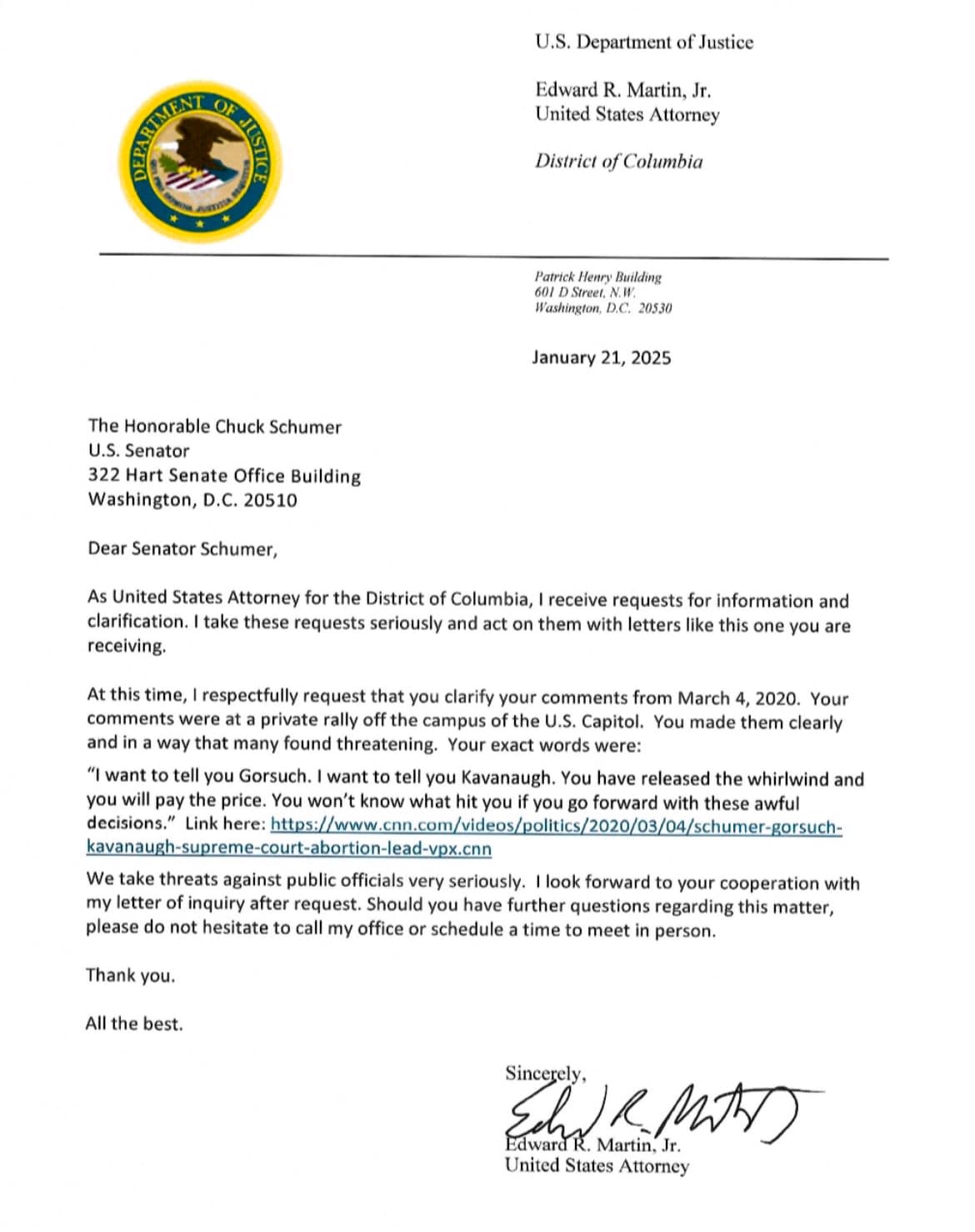New Canadian Guidelines For Diagnosing, Preventing, And Treating Long COVID

Table of Contents
Diagnosing Long COVID in Canada
Diagnosing Long COVID presents significant challenges due to the wide variability of symptoms and the lack of a single definitive test. The new Canadian guidelines emphasize a holistic approach, combining symptom assessment with a thorough medical history and physical examination to rule out other potential conditions.
Recognizing the Symptoms of Long COVID
Long COVID symptoms are diverse and can vary greatly in severity and duration. Many individuals experience a constellation of symptoms, rather than a single, defining characteristic. Common symptoms reported include:
- Fatigue: Persistent, overwhelming tiredness that doesn't improve with rest.
- Brain fog: Difficulty with concentration, memory, and cognitive function ("cognitive impairment").
- Shortness of breath: Experiencing breathlessness even during minimal exertion.
- Chest pain: Persistent discomfort or pain in the chest area.
- Heart palpitations: Feeling of a rapid or irregular heartbeat.
- Headaches: Frequent and severe headaches.
- Sleep disturbances: Insomnia or other sleep-related problems.
- Gastrointestinal issues: Diarrhea, constipation, or abdominal pain.
The prevalence of these symptoms varies among individuals. Careful symptom tracking through journaling or using a dedicated app can be invaluable in assisting healthcare providers with diagnosis and monitoring progress. Several online symptom checkers can provide initial guidance, but a consultation with a healthcare professional is essential for accurate diagnosis.
Diagnostic Tests and Procedures for Long COVID
Currently, there's no single diagnostic test for Long COVID. The Canadian guidelines highlight the importance of a comprehensive medical evaluation to rule out other conditions that may mimic Long COVID symptoms. This might involve:
- Blood tests to assess inflammation markers and organ function.
- Chest X-rays or CT scans to evaluate lung function.
- Echocardiograms to assess heart function.
- Neurological examinations to assess cognitive function and neurological symptoms.
The diagnostic process emphasizes a multidisciplinary approach, often involving specialists like cardiologists, pulmonologists, neurologists, and physiatrists to assess various organ systems and provide a comprehensive evaluation.
Preventing Long COVID: Strategies and Recommendations
While there's no guaranteed way to prevent Long COVID, several strategies can significantly reduce the risk. These focus on minimizing the severity and duration of the initial COVID-19 infection and maintaining overall health.
Vaccination and Boosters Against COVID-19
Studies consistently demonstrate that COVID-19 vaccination and boosters significantly reduce the risk of severe illness, hospitalization, and death. This reduction in infection severity also correlates with a lower risk of developing Long COVID. The effectiveness of different vaccine types may vary, and staying up-to-date with recommended boosters is crucial for optimal protection.
Early Treatment of COVID-19
Early intervention with appropriate antiviral medications, when indicated, can shorten the duration and severity of the initial infection, potentially minimizing the risk of Long COVID. Access to timely healthcare is essential for early diagnosis and treatment. Supportive care, such as rest, hydration, and over-the-counter pain relievers, also plays a vital role in managing symptoms and promoting recovery.
Lifestyle Factors for Preventing Long COVID
Maintaining a healthy lifestyle plays a crucial role in bolstering the immune system and overall resilience against the virus. This includes:
- Balanced diet: Consuming a nutrient-rich diet with plenty of fruits, vegetables, and whole grains.
- Regular exercise: Engaging in moderate-intensity physical activity most days of the week.
- Sufficient sleep: Aiming for 7-9 hours of quality sleep per night.
- Stress management: Practicing stress-reducing techniques like meditation, yoga, or deep breathing.
Treating Long COVID in Canada: A Multidisciplinary Approach
Treating Long COVID requires a holistic, multidisciplinary approach, recognizing the condition's multifaceted nature. No single treatment works for everyone, and individualized care plans are crucial.
Multidisciplinary Care Teams for Long COVID
The Canadian guidelines strongly emphasize the need for coordinated care involving various specialists:
- Pulmonologists: For respiratory issues.
- Cardiologists: For heart-related complications.
- Neurologists: For neurological symptoms, such as brain fog.
- Physiatrists: For rehabilitation and functional recovery.
- Psychologists/Psychiatrists: For mental health support.
Access to these specialized services can sometimes be challenging, highlighting the need for improved healthcare system coordination and resources.
Treatment Modalities for Long COVID
Treatment options for Long COVID are continually evolving. Current approaches include:
- Rehabilitation programs: Physiotherapy, occupational therapy, and speech therapy play a vital role in restoring physical function and improving quality of life.
- Pharmaceutical interventions: Some medications are being investigated for their potential to address specific symptoms, but more research is needed.
- Supportive care: Management of individual symptoms, such as fatigue, pain, and sleep disturbances, is essential.
Patient Support and Resources for Long COVID
Living with Long COVID can be emotionally and physically challenging. Access to support groups and mental health resources is crucial. Several Canadian organizations offer support, information, and advocacy for individuals affected by Long COVID. (Links to relevant organizations would be included here).
Conclusion
The new Canadian guidelines for diagnosing, preventing, and treating Long COVID provide a valuable framework for navigating this complex condition. By understanding the diagnostic criteria, adopting preventive strategies like vaccination, and accessing appropriate multidisciplinary care, we can work towards better management and improved outcomes for Canadians experiencing Long COVID. To learn more about the specific details of these guidelines and find resources in your area, visit the relevant health authority websites. Don't hesitate to seek medical attention if you suspect you are experiencing symptoms of Long COVID Canada. Remember, early diagnosis and proactive management are key to improving your quality of life.

Featured Posts
-
 Trumps Antisemitism Probe University Of California Next
May 29, 2025
Trumps Antisemitism Probe University Of California Next
May 29, 2025 -
 Pccs 2024 Financial Results A Surprise Profit Announcement
May 29, 2025
Pccs 2024 Financial Results A Surprise Profit Announcement
May 29, 2025 -
 How To Train Your Dragon Poster Shows Dramatic Size Comparison Toothless And Red Death
May 29, 2025
How To Train Your Dragon Poster Shows Dramatic Size Comparison Toothless And Red Death
May 29, 2025 -
 A Critical Look At The Pocket Celestial Guardians Pokemon Tcg Set One Card Lags Behind
May 29, 2025
A Critical Look At The Pocket Celestial Guardians Pokemon Tcg Set One Card Lags Behind
May 29, 2025 -
 Trumps Pardon Attorney Ed Martin Targeting Biden Era Cases
May 29, 2025
Trumps Pardon Attorney Ed Martin Targeting Biden Era Cases
May 29, 2025
 Roland Garros 2025 Key Matches To Watch
Roland Garros 2025 Key Matches To Watch
